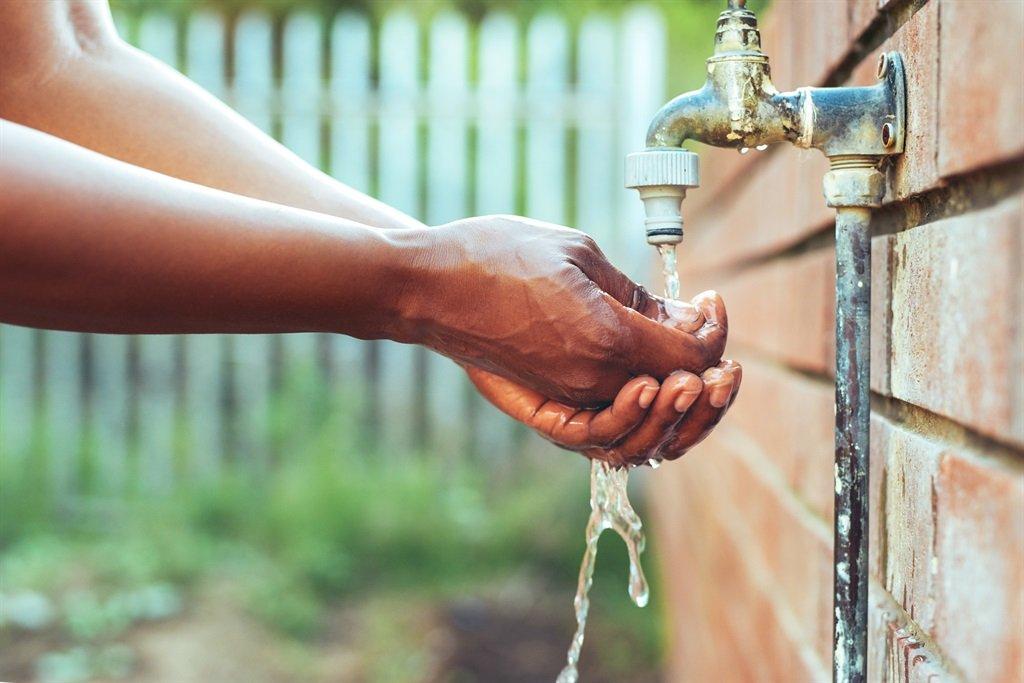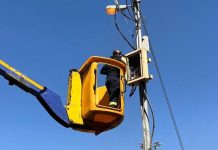Africa-Press – South-Africa. Municipalities warn that the implementation of Stage 4 load shedding is likely to impact Rand Water’s pumping capacity – and, as such, the water supply to residents.
Eskom’s spokesperson, Sikonathi Mantshantsha, announced the implementation of Stage 4 load shedding on Tuesday “due to breakdowns of five generators at five power stations overnight”.
The power utility’s statement resulted in citizens questioning how the breakdowns occurred.
What is certain, though, is that, without power, water flow will be affected.
According to Daryl Johnston, the MMC for Utilities and Regional Operations in Tshwane, it increases the need for water conservation efforts.
“With Eskom’s announcement this morning [Tuesday] of a return to Stage 4 load shedding and the likely impact that will have on Rand Water’s pumping capacity, as well as internal pumping within affected Gauteng municipalities, we need to again raise a call to residents and businesses.
“The City of Tshwane is continuing to experience week-on-week high water consumption by residents and businesses, despite the City’s request to residents to use water sparingly. Several areas continue to exceed consumption levels.”
Johnston appealed to residents to reduce their water consumption, especially those living in the areas of:
Residents are urged to adhere to the Stage 2 water restrictions and not to water or irrigate gardens by using a hosepipe or irrigation system.
“Don’t use a hosepipe to clean your driveway, patio or wash your car and don’t fill or top up swimming pools. We thank all those who have heeded the call to use water sparingly to continue doing so to ensure that our reservoirs do not run dry,” he said.
Meanwhile, Johannesburg Water reported on Tuesday that its reservoirs and towers were strained, “with minimal recovery and improvements in a few systems”.
The following infrastructure has been impacted:
Honeydew – low but stable
Helderkruin – critically low
Alexander Park – critically low
Jabulani – critically low
The following infrastructure has been reduced by 50% capacity:
The following infrastructure has been reduced by 30% capacity:
In a report, Johannesburg Water informed customers that the planned partial isolation of outlet valves at various systems within the Sandton and Midrand regions was in progress.
“The action taken by Johannesburg Water is in response to Rand Water’s curtailment of supply commenced [Monday] night. The outlets of specific reservoirs and towers are reduced by 30% to balance the current high demand with the reduced supply.
“Other systems…have since been partially reduced between 50% to 70%.”
It said the impact of these reductions is being monitored and adjustments will be implemented accordingly.
“Customers are requested to reduce consumption, as this directly impacts on the recovery of affected systems. Leaks and bursts in Stage 2 restricted areas impact on the capacity of infrastructure. Customers are requested to report major bursts and leaks to assist with sustaining critical systems.”
For More News And Analysis About South-Africa Follow Africa-Press






